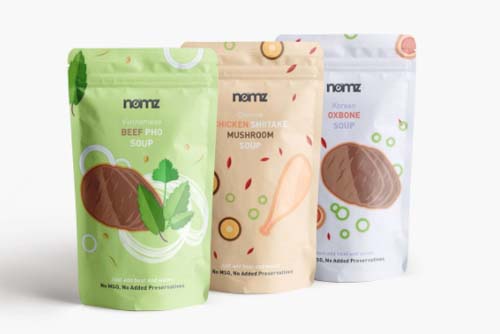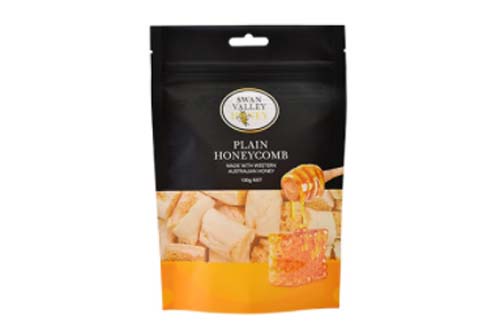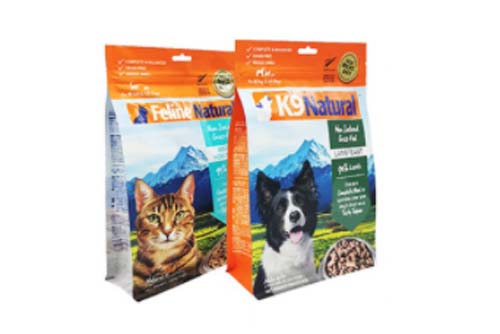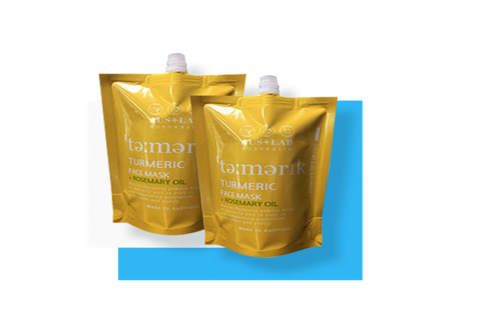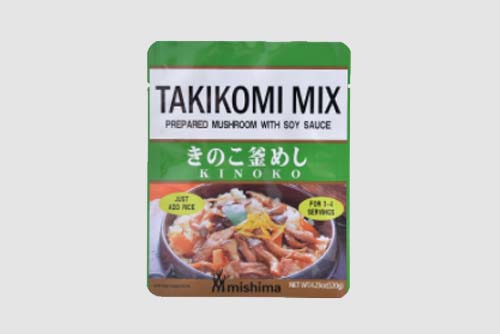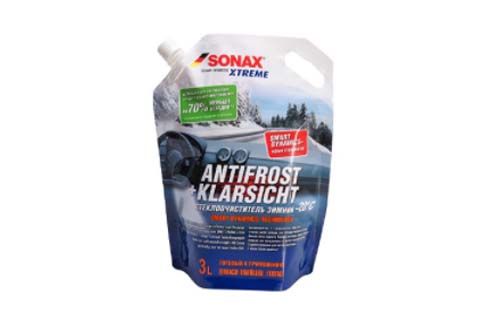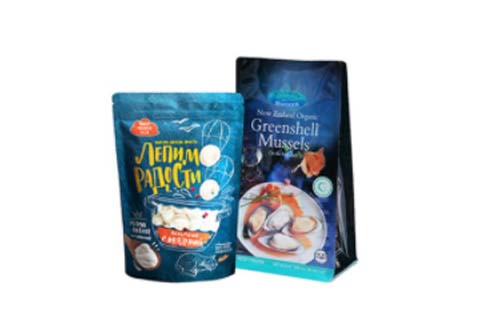
The concept of frozen foods was borne out of necessity to preserve foods for longer than they would ordinarily last. Whereas most households and restaurants already store food in refrigerators, frozen food takes that a notch higher. It is preserved in even lower temperatures of between 0° to -40°.
These unique circumstances of storage thus call for equally unique packaging solutions. If the packaging cannot keep up with such low temperatures then the food would likely be stored in less than optimal conditions and not last as long. In addition to all this, the packaging also has to represent your brand well.
If you are now wondering where to begin in the maze of finding the right frozen food packaging for your products, worry not. Read on.
Table of Contents
LogosPack
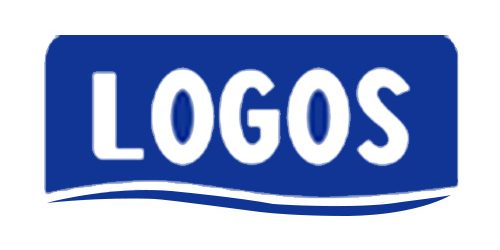
Company Details
- Location: Fushan, China
- Company type: Manufacturing and Packaging
- Year founded: 2005
- Number of employees: -
- Key Products: Flexible Packaging
Other products include:
LogosPack was established in 2005 amid growing demand for high-quality flexible packaging products in China and beyond. To plug that deficit, the company quickly established itself as the number one maker of plastic materials in Fushan, and within no time, they were getting orders from other parts of the vast Asian nation.
Today, LogosPack handles even international flexible packaging supplier exports and continues to create high quality recycled product packaging like spout pouches that are used in the food and beverage industries, big pharma, chemical industries, among many others.
What is Quality Frozen Food Packaging?

Source: Pexels
Before we delve into the various options, perhaps it would be helpful to outline the factors you should look out for in frozen food packaging.
Temperature resistance – not all materials can withstand temperatures as low as 0° to 40°, some like glass would shutter. Temperature resistant temperatures that can withstand high and low temperatures would be ideal as consumers often prefer to defrost such meals in ovens or microwaves.
An enduring seal – good frozen food packaging should be well-sealed and the seal should remain intact during all handling processes as well as preservation. A broken seal could result in contamination, food spillage, and freezer burn on the food.
Space-efficient- refrigerators in supermarkets and consumers’ homes all have limited space. It would thus be helpful if your frozen food products are compact.
Mouthwatering appeal– if the packaging is unappealing the next logical conclusion for most consumers would also be that the food product is also bland. Endeavor to pick the most mouthwatering design you can find.
With this shortlist of qualities as a benchmark, here are some top flexible frozen packaging choices to consider.
Stand-up Pouches
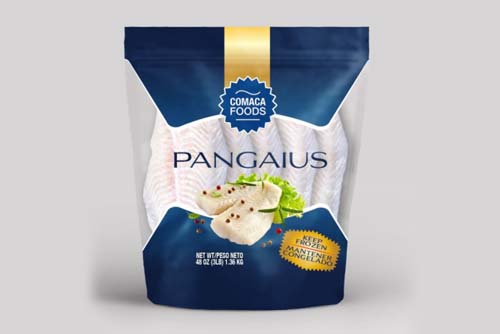
Source: Pinterest
Stand-up pouches are designed to be stored in an upright position, hence the name. They are compact too which is great in terms of space-efficiency. They can be made using a variety of materials including PE and even foil as long they pass the temperature test.
This type of pouch would be an ideal choice if you would like customers to notice your branding. They literally stand out and can be made more eye-catching using vibrant colors and custom decorations. On preservation and pouch utility, provisions like a zip lock or a tear notch may be ideal. A zip lock would keep the pouch closed while the food is frozen. On the other hand, the tear notch would make it easier to open if you opt for a fully sealed stand-up pouch.
High Barrier Films
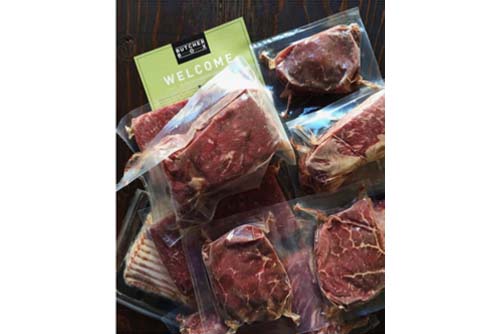
Source: Pinterest
High barrier films are also known as thermoforming films. In less technical terms, these films do not puncture easily and are dense enough to prevent any leaks or water seeping into the food. They are suitable for frozen food packaging because they maintain their form and functionality even in sub-zero temperatures.
Meats, cheese, and seafood are some examples of frozen foods that can be packaged using thermoforming films. It is equally a marketing plus that these films are transparent and thus keep frozen food products in full view of consumers. As a frozen food manufacturer, this would work to your advantage in two ways:
Customers can see and judge the quality of your food which is not possible in opaque pouches or boxes.
The beautiful marbling of a good steak or the sight of fresh seafood could influence customers to make a purchase.
Some brands opt to couple high barrier films with plastic trays. This is something you could explore if you feel it would add value to your product or customer experience. However, with or without the supportive rigid packaging, ensure that your logo and product labeling is noticeable.
Kraft Paper Packaging
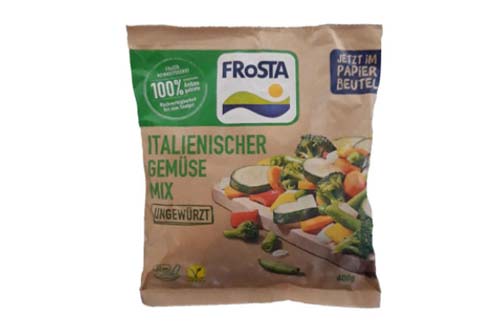
Source: newsbeezer.com
Kraft paper is a high-density type of paper that is favored by most food manufacturers and restaurants. This popularity can be chalked up to its:
High absorbency
Toughness; it does not tear easily
Biodegradability; it is made from wood pulp
It is these dependable properties of Kraft paper that some frozen food manufacturers are now harnessing to make it suitable for frozen food packaging. They achieve this by processing the paper using unique technology to make it moisture and grease-proof. It is then lined with a high-density paper lining to further improve its barrier capabilities and formed into boxes or pouches.
In the interest of full disclosure, this type of packaging would cost you a bit more than other options. This is mostly due to the extra paper processing involved. However, compostable packaging such as this is essential if you are committed to environmental conservation. Some customers will probably even appreciate such effort on your part.
Quad Seal Pouches
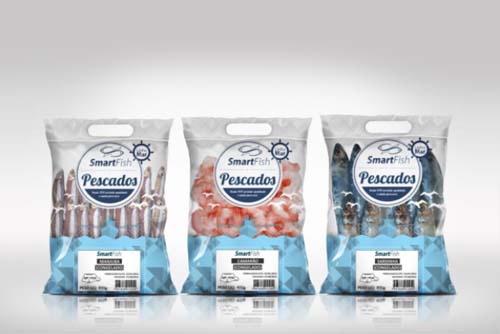
Source: Pinterest
Quad seal pouches have a flat-bottom design and are fully sealed. This all-round sealing is partially why they are efficient in preserving frozen food products. The chances of leaks or of the food spilling out are very minimal. The pouch is also generally quite stable and easy to handle even when heavy-laden.
Aim for quad seal pouches made using high barrier FDA-approved materials. It may also be preferable for the material to be multilayered. On the upside, you do not have to worry about sealing but perhaps a tear notch could improve consumer experience.
Another advantage of quad seal packaging is that it provides ample room for branding. Impressive product graphics, nutritional data, dates of manufacturing, and expiry as well as temperature recommendations are some of the details worth having on the pouch.
Frozen Food Boxes
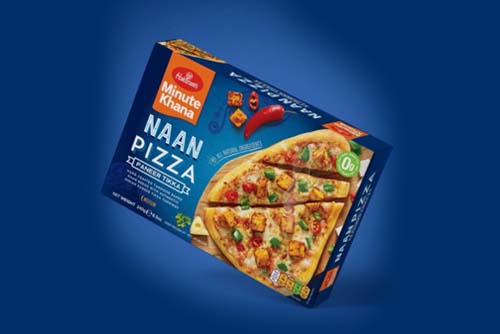
Source: Pinterest
Frozen food boxes are made of processed paper that can withstand the arctic temperatures of a deep freezer. They have been the go-to packaging solution for many brands long before special Kraft paper or pouches made their mark. Their advantages include;
Easy to handle during storage and distribution
Microwaveable
Large storage capacity
They can be stacked with barriers in between to save storage space
They can store frozen foods like frozen pizza that require larger surface area and would not fit in other types of packaging
These boxes are usually fully sealed all around to keep the food well-preserved. They are, however, only suitable for solid foods, unlike pouches that can be filled even with semi-solid foods.
On this too, you can have a field day with product labeling and decoration options. The large surface of the box provides enough room to embellish and make your product stand out. It is, nonetheless, worth mentioning that the custom printing on all frozen food packaging should be done using durable methods. It would be unfortunate for the branding quality to diminish when the product is refrigerated.
Conclusion
The common belief is that packaging makes a product stand out based on aesthetics. This is, indeed, true. However, beyond that, what is more likely to make a lasting impression on consumers is utility. If the packaging holds up well, is microwaveable, and preserves freshness, they will come back for more. Now that you have a better grasp of frozen food packaging, what design will you be ordering from your flexible packaging manufacturer?


